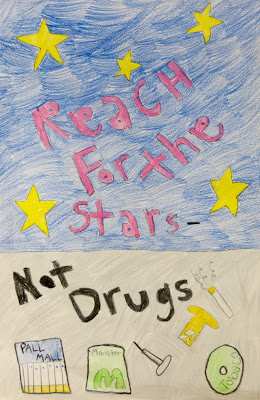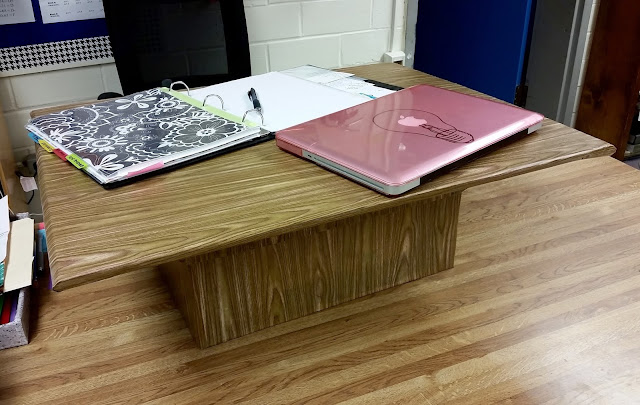While the whole Essential Question thing has been a bit confusing, (sometimes I swear I’m hearing or reading conflicting information!) I finally feel like I’ve got a bit of a handle on the overarching essential questions in each of my classes. I’m continuing to write the question(s) specific to each project, but these are a good start. I know that online resources really helped me to write mine, so let me add to the conversation!
This will also be my last post this school year as I evaluate the writing of this blog and how it fits into the goals I’ve set for myself. I’ve very much enjoyed writing, documenting and sharing a little bit of my classroom as I've learned about the blogging process.
4th-12th GRADE OVERARCHING ART ESSENTIAL QUESTIONS:
The important overall goals of my classes include: idea development and creative problem-solving, the development of practice and "stick-to-it" skills, craftsmanship, and self-expression. Hopefully these are covered in the essential questions.
4th/5th/6th: ESSENTIAL QUESTIONS
How do we develop a good idea?
How do we make an artwork look complete?
How is practice an important part of learning anything new?
How does art help us tell people our feelings?
7th/8th: ESSENTIAL QUESTIONS
How do artists grow and become accomplished in art forms?
How is art a form of communication?
Why is craftsmanship an important part of creating something excellent?
How does art help us use our brains in a different way?
ART 1 / ART 2: ESSENTIAL QUESTIONS
To what extent do artistic skill building activities help you express yourself?
What role does graphic design play in consumers' choices? (Visual Literacy Smart Goal)
In what ways can artwork reflect what is happening in a culture or society?
How can reflecting on your own work help you improve how and what you learn?
ART 3 / ART 4 / ART PORTFOLIO: ESSENTIAL QUESTIONS
What role does persistence play in revisiting, refining, and developing your ideas?
How do artists appropriately use other’s images and ideas?
How does self-expression and creative problem solving help you in other areas of your life?
How do people engage in the visual arts throughout their lives and how do they benefit from it?
Happy teaching!







































